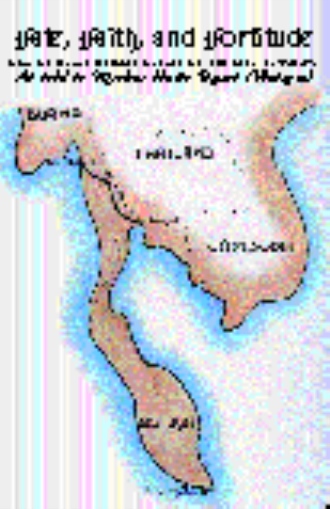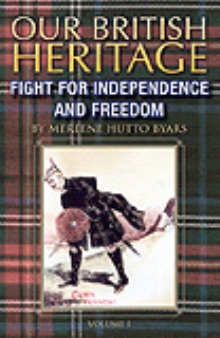Fate, Faith, and Fortitude
How the Burma Railroad Shaped the Life of an Ex-P.O.W.
by

Book Details
About the Book
Friedrich Klutzow: It was indeed during the P.O.W. years in WWII, while working on the infamous Burma Railroad that his life was given direction and he perceived his mission. Under Divine guidance, he turned adversity in life into opportunity. Because of his fate, faith and fortitude he became a medical doctor and at seventy-nine years of age he continues to lecture and enhance patient care in neurologic disease. FRIEDRICH WILHELM KLUTZOW, MD, FCAP, Colonel USAR. (Ret.) On December 7, 1941 President Roosevelt of the United States declared war on Japan. The following day all men eighteen and older living in the former Dutch East Indies, (known as Indonesia after they gained their independence in 1948) were drafted. I was eighteen at that time and qualified. Virtually overnight I became a “Soldier” receiving accelerated “boot-camp” training attached to the mechanized cavalry: scout cars, jeeps, and transport vehicles (not horses). We were ill-equipped and totally unprepared to fight a full-scale war. The Japanese already occupied most of China, the Pacific islands, Indo-China and Malaya including Singapore. We had to surrender unconditionally on March 8, 1942, which turned me into a “prisoner of war.” Food rations were limited and treatment was often inhumane. Groups of POW’s were taken at random and transported to various destinations. I was among the ones who were taken to Burma to build the infamous Burma railroad connecting Moulmein and Bangkok. While working on the railroad life was hell from day one. There was little food, no medicine and hard physical labor under barbaric living/working conditions. People died daily succumbing mostly to malaria and dysentery but, also, because of plain exhaustion, emaciation and emotional stress. Although we do not have hard data, it is estimated that ultimately more than 40% of those working on the railroad died. Some died from the after effects even after the war was already over, sadly. One does not have to be a hero to become a POW, but one has to have, endurance, perseverance, wit and a will to live, to withstand the trying and inhumane conditions, and treatment one was subjected to during P.O.W. Camp. I even was among the few “elected” to go to what was later called “death camp.” The junction point where the track originating from Moulmein (Burma) and the one originating from Bangkok (Thailand) met, completing the project. At that point in time not too many of the surviving prisoners were still physically fit enough to do heavy labor in rocky terrain. Anyway I survived that also, making me believe that my time had not come yet and that I may have survived all that, against all odds (I had always been sickly in my younger years) because I had a mission to carry out. Death camp was a turning point in my life. Since then several unusually favorable things occurred. I landed in a hospital camp, and there I had good food, and no work. Toward the end of the war I found myself in an officer’s camp though being a lowly private 2nd class. After Japan surrendered, I was taken to Bangkok and back into Military Service but as a Supply officer! That was very favorable, but I was soon loaned out to a British Major in charge of a Camp with 2000 displaced Malayan people, (British Subjects) which had been brought to Burma to also work on the railroad. I was made the “doctor” there and had to function like one although I did not even have a college degree. However, I did have my four “doctors” insignias during my high school years while a Boy Scout. So I was aware of tropical diseases and their symptoms. Matters I could not handle I simply took to the hospital and a real doctor would come weekly. He would look at my sick patients and give me a supply of medicine. Somehow I became convinced that I was to become a doctor with the mission to relieve suffering. I had no trouble getting through medical school and graduated in 1951. During my clinical internship years I w
About the Author
Merlene received her education in Accounting and Journalism. She is known through Marquis Whose Who in the World, and through the pages of various Who’s Who publications by the International Biographical Centre where she is Deputy Director to its Director General from the Headquarters in Cambridge, in England. She exhibited her artwork, history books and genealogy at Oxford University and Cambridge University, England, New Orleans, La, and Lisbon, Portugal, in addition to South Carolina. She has traced her genealogy to Adam and Eve through royal families from the heritage of both her mother and father. Kiwanis International selected her as a distinguised member for the 2004-2005.








